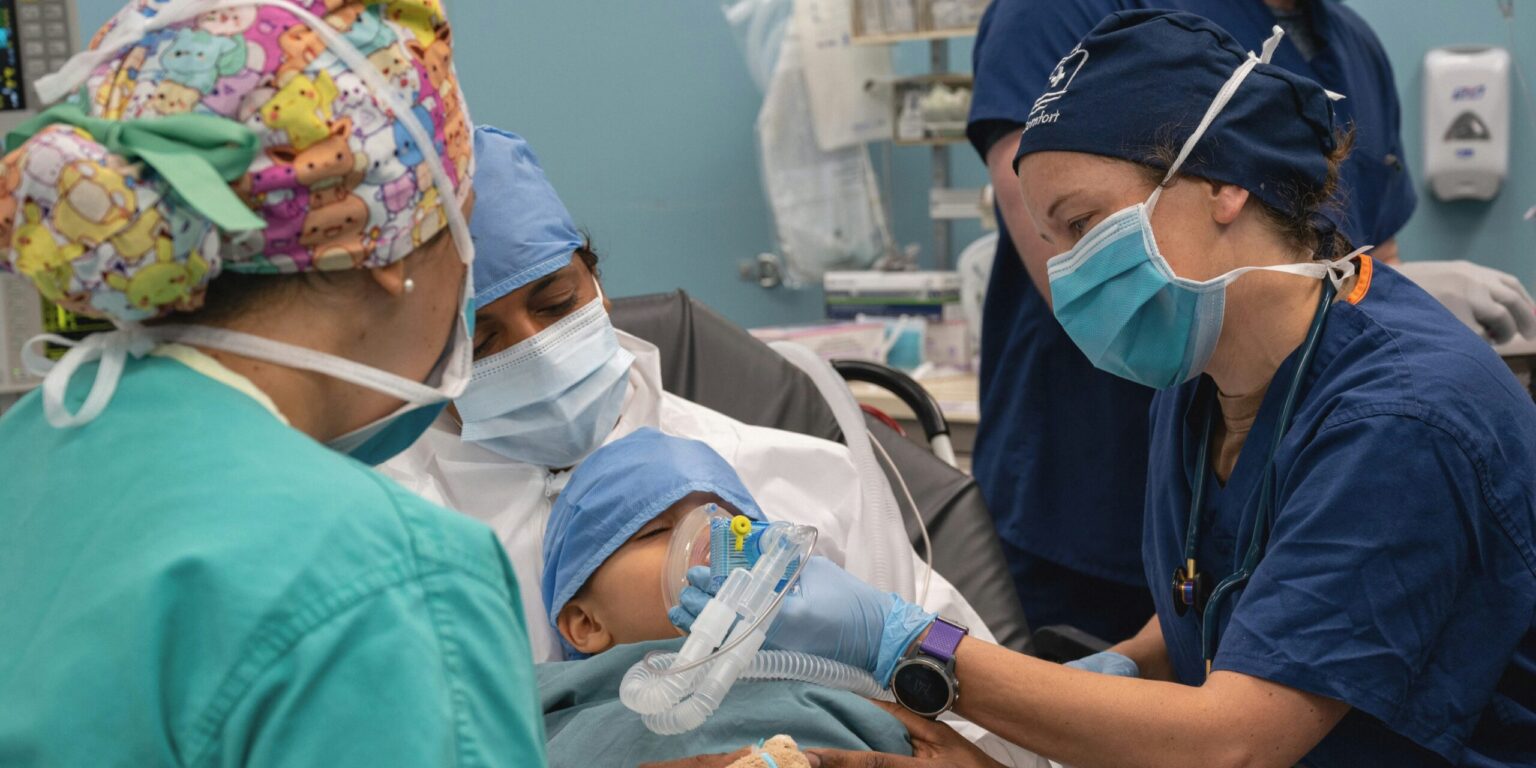Every year on October 16, the global medical community commemorates World Anaesthesia Day, a date that marks the first successful public demonstration of ether anaesthesia in 1846 at Massachusetts General Hospital in Boston. That momentous event, led by dentist William T. G. Morton, transformed surgery from a harrowing ordeal into a humane and precise medical procedure. Now, nearly two centuries later, healthcare providers across the United States use this day to reflect on how far anaesthetic science has come and to spotlight innovations that continue to make surgeries safer, more efficient, and significantly more comfortable for patients.
In 2025, hospitals and professional associations representing anesthesiologists took the opportunity to celebrate not just the historical milestone but also the evolving landscape of patient-centered care in surgical settings. With more procedures being conducted on an outpatient basis and minimally invasive techniques becoming the norm, the role of anaesthesia has expanded well beyond simply “putting patients to sleep.” It now encompasses advanced pain management strategies, rapid recovery planning, and post-operative monitoring systems that together reduce complications and optimize outcomes.
Modern anaesthesia is a highly sophisticated blend of science and individualized medicine. Today’s anesthesiologists leverage real-time patient monitoring, tailored sedation plans, and advanced nerve-block techniques to ensure that surgeries are as pain-free as possible while also minimizing recovery time. In recent years, particular attention has been given to reducing reliance on systemic opioids, especially in the context of the ongoing opioid crisis in the United States. This includes the increased use of regional and nerve blocks, which can numb specific areas of the body without sedating the entire system, thereby lowering the risk of opioid-related side effects and dependency.
For male patients, who often express concern about pain management and recovery timelines, clinicians emphasize the importance of communication and preparation. Experts recommend discussing personalized anaesthesia plans with the care team well ahead of a scheduled procedure. Options like regional anaesthesia may allow for a quicker return to function, especially in orthopedic or urologic surgeries where mobility and activity are crucial. In addition, pre-operative optimization—improving sleep, hydration, and nutrition before surgery—has been shown to enhance post-operative outcomes and reduce discomfort.
While the mortality and morbidity associated with surgery have declined dramatically since the 19th century, today’s medical community continues to pursue new frontiers. Among the most promising developments is the emergence of personalized anaesthesia protocols driven by pharmacogenomics—the study of how a patient’s genetic makeup influences their response to drugs. Such precision medicine could soon allow anaesthesiologists to select medications and dosages tailored not only to a patient’s size or condition but also to their genetic profile, minimizing adverse reactions and speeding recovery.
There is also growing awareness around anaesthesia-related cognitive effects, particularly in elderly patients. Post-operative cognitive dysfunction, once considered an unavoidable risk for older adults undergoing major surgery, is now being actively studied with the goal of identifying safer sedation strategies and improving long-term neurological outcomes. Some hospitals are piloting programs that use EEG-based brain monitoring during procedures to better titrate anaesthetic depth and avoid unnecessary exposure.
World Anaesthesia Day also serves to recognize the vital role of anaesthesia professionals in today’s healthcare system. From trauma centers to labor and delivery units, anesthesiologists and nurse anesthetists play a crucial role in nearly every type of medical intervention. Their contributions are often behind the scenes but are integral to the success and safety of modern medicine.
As the healthcare industry continues to evolve with new technologies, AI-powered monitoring, and personalized care models, the practice of anaesthesia is expected to remain at the forefront of surgical innovation. October 16 is more than just a nod to history; it’s a reminder of the continuous progress being made to make surgery safer, recovery faster, and patient experiences more humane.
